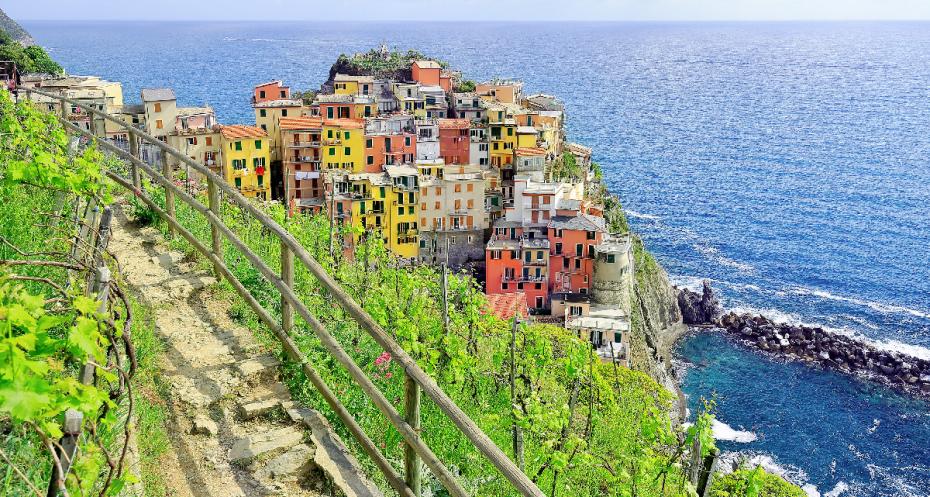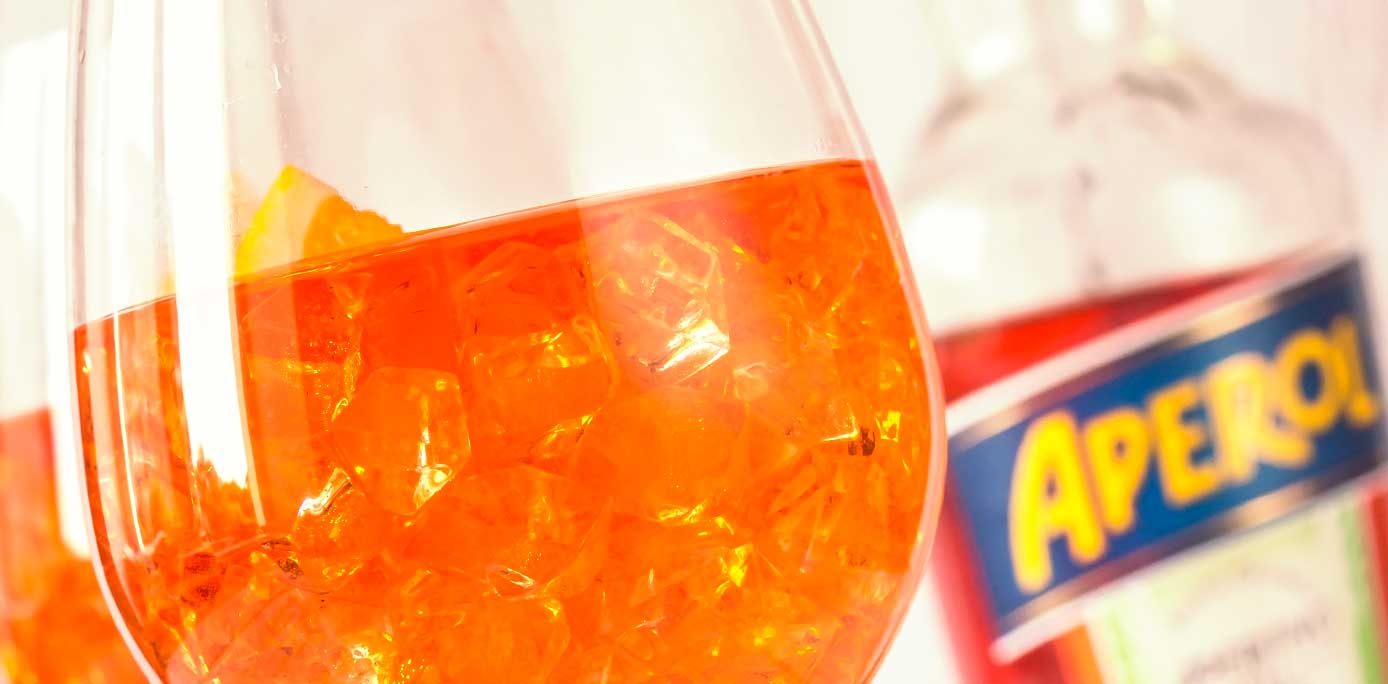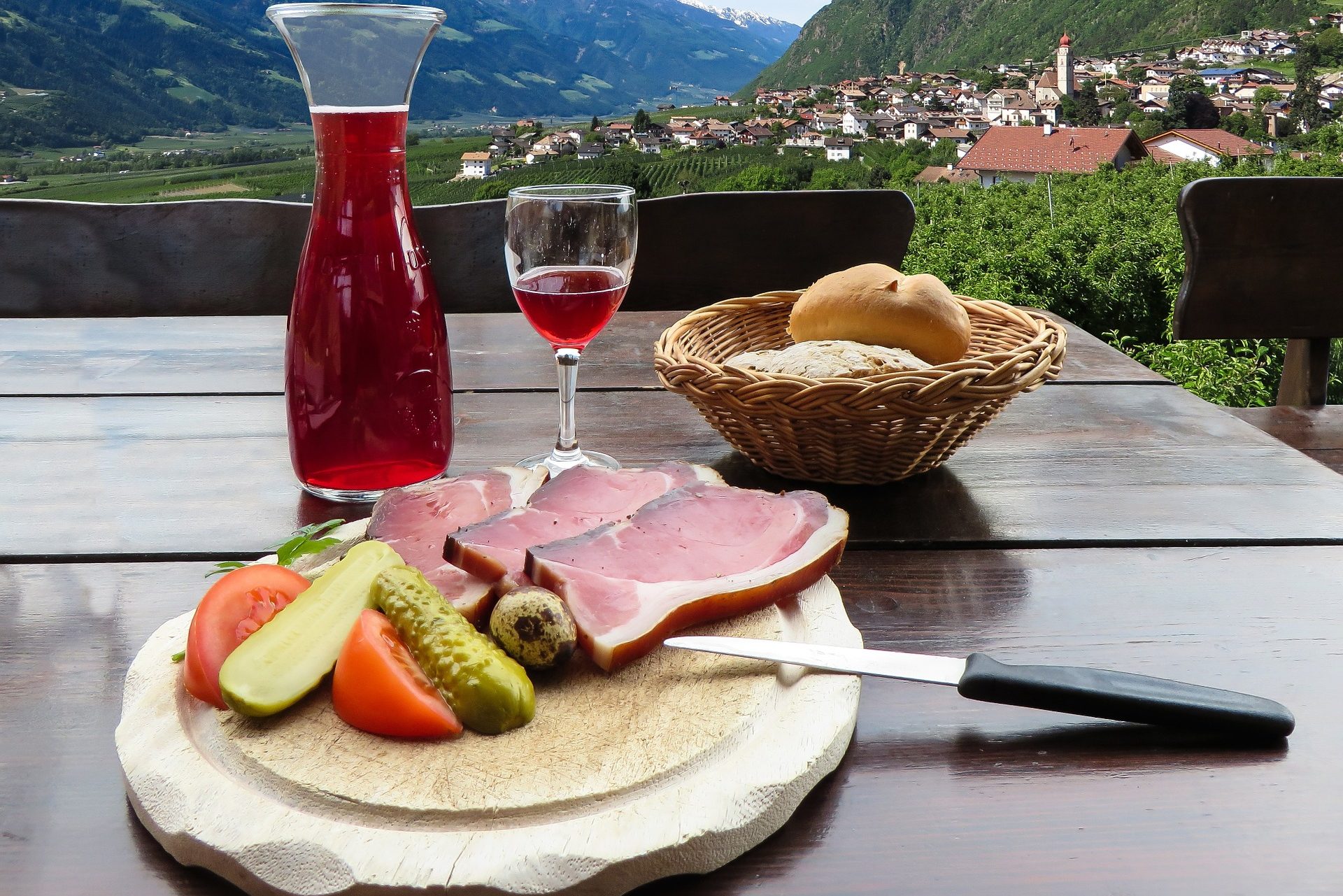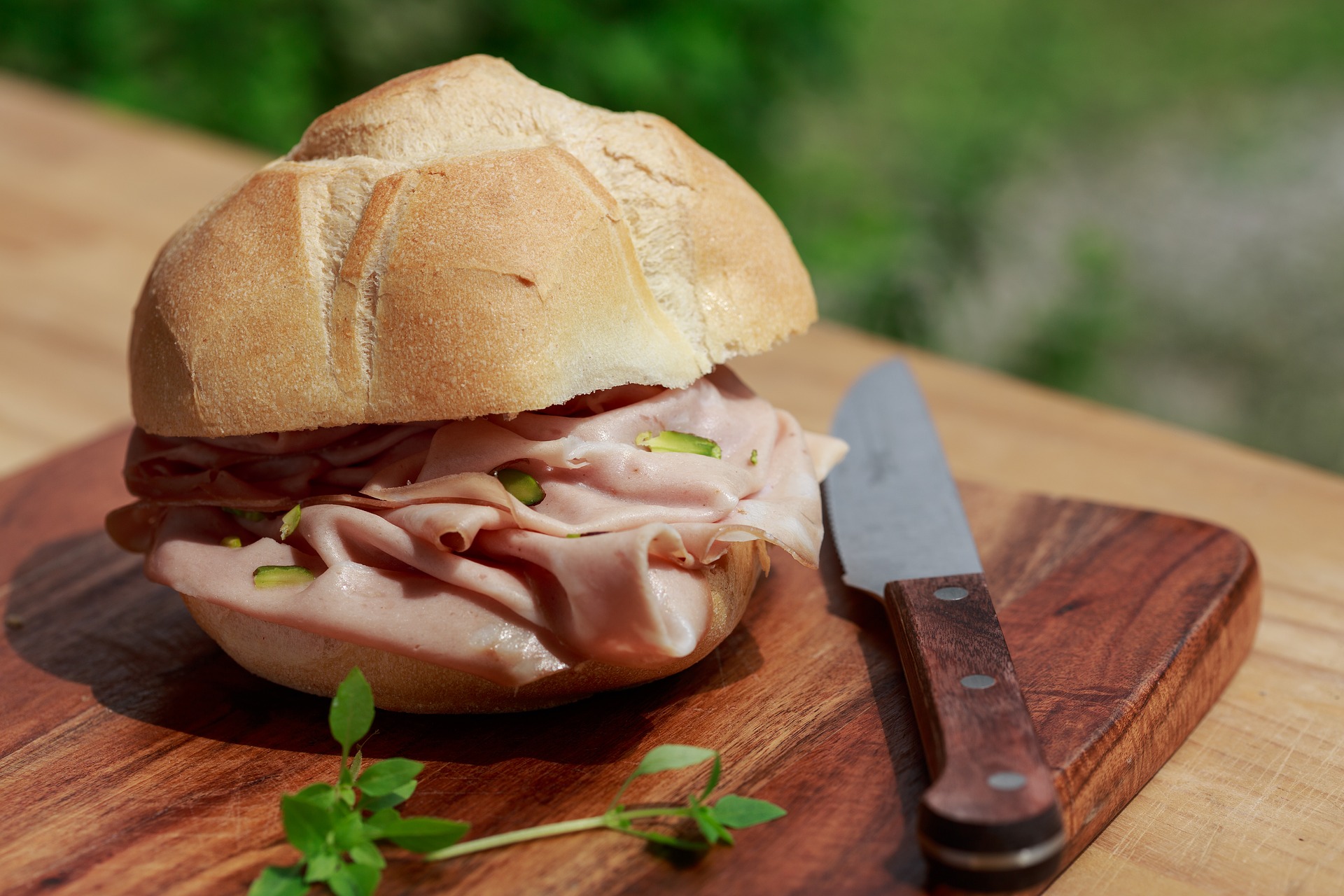A leisurely reconnaissance-inspired stroll in the Italian section of your local wine shop will tell you what many already know: top denominations in Italian wine continue to develop their respective brands worldwide. And that is good thing in a certain way inasmuch as those top brands do bring to us some very, very good vino. The downside, however, is that market mindshare and retail shelf space is so focused upon top brand players. It becomes increasingly more difficult for Italy’s lesser known, yet well-deserving wine regions to register on consumer radar and, in turn, a bit less easy for consumers to discover their beauty.
Allow me, then, to focus your attention upon a narrow, crescent-moon-like slice of geography tucked away in northwestern Italy: Liguria.
Lying between the Ligurian Sea and the Alps and Appenine mountains, Liguria runs from France in the west, down from Piedmont in the north, backed by Emilia-Romagna and Tuscany to the east, with 350km of coastline pressing against the Ligurian Sea.
As Liguria’s territory consists of 65% mountainous terrain, there is little flat land suited to the growing of wine grapes. Oftentimes, growers must necessarily carry out their work upon high terraces carved from steep, rocky slopes. Inclines can be such that mechanized work is simply impossible. Inclines can be so steep, in fact, that in some cases, transporting grapes must be done by monorail. Given the breakneck physical profile of many Ligurian vineyards and the difficulty encountered in working them, the wines of Liguria are nothing short of a cultural triumph. It’s not for nothing that the term ‘heroic viticulture’ has become so aptly associated with wine production in the region.
Interestingly, Liguria’s high slopes do provide an important benefit by protecting seaside vineyards from cold winds which blow down from the Alps. The ring of slopes that sit just inland of the Ligurian coastline, together with the sea, keep Liguria’s climate pretty mild year round. Winter temperatures can average 45-50 degrees Fahrenheit, 70-75 degrees during summer.
Important aspects of Ligurian terroir can include soils high in limestone which confer a sense of minerality to the wines, as well as the influence of sea breezes which can imbue wines with a rather typical and delicious note of sea salt.
Now, if I were to set you on a path to your local wine shop, I might suggest you begin your Ligurian wine journey by seeking out either of two somewhat obscure wines which I feel communicate the Ligurian message.
If your preferences lean toward white wine, you would do well to locate Vio Pigato Riviera Ligure di Ponente. Working just two hectares of difficult, steep hillside vineyards, and with an uncompromising pursuit of quality, Claudio Vio delivers a 100% Pigato wine perfumed of stone fruit, with notes of honey, sage, minerals, and a lick of saline. Pairs spectacularly well with vegetables and seafood.
Should you be more of the vino rosso inclination, I propose you to step quickly toward the nearest bottle of Maccario Dringenberg Rossese di Dolceacqua. Located between two steep valleys that lead to the Ligurian Sea, vines here are trained in the albarello or bush style. Similar in weight to Pinot Noir, aromatic, spicy red fruit and that typical hint of salt, nicely tannic. Perhaps contrary to what you may have heard about pairing red wine and fish, Liguria’s reds tend to do well with fish, especially fish stew, pairing perfectly well with rabbit, lamb, and poultry, too.
In no case shall you be criticized for conducting your wine purchase in the manner that makes most sense to me: buy them both. Chances are whatever wine shop stocks one will likely have the other.
Liguria’s wines are uniquely delicious and full of charm, wines that excel at communicating the hard work and passion of the people who made them. The big brands are great. But, don’t miss out on the pleasure and enjoyment of Italy’s less famous wines, too.
Maccario Dringenberg Rossese di Dolceacqua 2014
Mid-ruby color and massively fresh, the wine is alluringly floral with a sweet cherry core that doesn’t betray its ethereal lightness. Mineral, saline, and savory, with a pleasant bitter note on a nicely tannic finish providing just the right counterpoint.






























